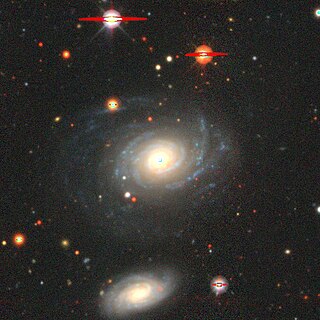
NGC 1 is an intermediate spiral galaxy of the morphological type Sbc, located in the constellation of Pegasus. It was discovered on 30 September 1861 by Heinrich d'Arrest.

NGC 3 is a lenticular galaxy with the morphological type of S0, located in the constellation of Pisces. Other sources classify NGC 3 as a barred spiral galaxy as a type of SBa. It was discovered on November 29, 1864, by Albert Marth.

NGC 51 is a lenticular galaxy in the constellation Andromeda. It has a diameter of 90,000 light-years. The galaxy was discovered on September 7, 1885, by Lewis Swift, who described it as "Pretty faint, pretty small, round, brighter middle."
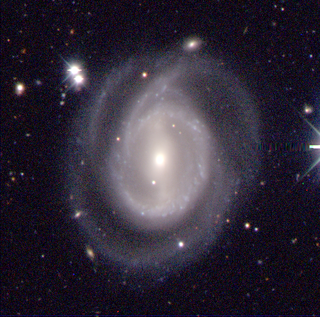
NGC 53 is a ringed barred spiral galaxy in the constellation Tucana. It was discovered by John Herschel on 15 September 1836. He described it as "very faint, small, extended". The galaxy is approximately 120,000 light-years across, making it about as large as the Milky Way.
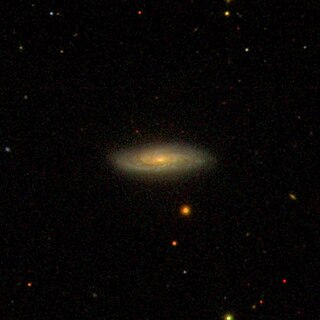
NGC 54 is an edge-on spiral galaxy in the constellation of Cetus. The galaxy was discovered by Wilhelm Tempel in 1886, and he defined it as "very faint, pretty small, round." The galaxy is 90,000 light years in diameter, making it slightly smaller than the Milky Way.
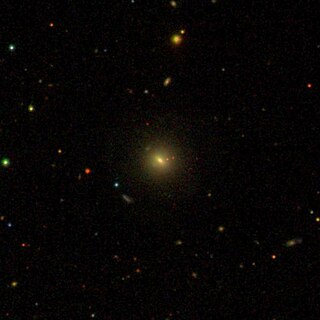
NGC 462 is an elliptical galaxy located in the Pisces constellation. It was discovered by Albert Marth on 23 October 1864. Dreyer, creator of the New General Catalogue, originally described it as "extremely faint, very small, stellar". The word stellar clearly suggests an initial misidentification of NGC 462 as a star.

NGC 70 is a spiral galaxy located in the constellation Andromeda. It was discovered on October 7, 1855, by R. J. Mitchell and was also observed on December 19, 1897 by Guillaume Bigourdan from France who described it as "extremely faint, very small, round, between 2 faint stars".

NGC 71 is an elliptical galaxy located in the constellation Andromeda. It is in the NGC 68 group. The galaxy was discovered by R. J. Mitchell in 1855, and observed in 1865 by Heinrich d'Arrest, who described it as "extremely faint, very small, round". The galaxy is about 110,000-130,000 light years across, making it just slightly larger than the Milky Way. The galaxy is the second largest in the NGC 68 group, after spiral galaxy NGC 70.
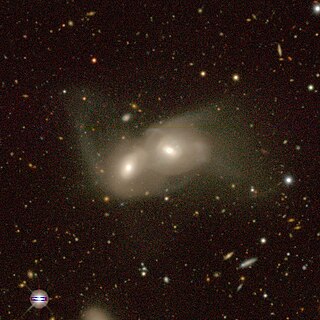
NGC 526 is a pair of interacting lenticular galaxies in the constellation of Sculptor. Both the constituents are classified as S0 lenticular galaxies. This pair was first discovered by John Herschel on September 1, 1834. Dreyer, the compiler of the catalogue described the galaxy as "faint, small, a little extended, the preceding of 2", the other object being NGC 527.

NGC 174 is a barred spiral or lenticular galaxy around 159 million light-years away in the constellation Sculptor. It was discovered on 27 September 1834 by astronomer John Herschel.

NGC 275 is a barred spiral galaxy located approximately 63 million light-years from the Solar System in the constellation Cetus. It is one of a pair of galaxies, the other being NGC 274. It was discovered on October 9, 1828, by John Herschel.

NGC 322 is a lenticular galaxy located approximately 318 million light-years from the Solar System in the constellation Phoenix. It was discovered on September 5, 1834 by John Herschel. It was described by Dreyer as "very faint, very small, round, a little brighter middle, 3 stars to west." It apparently seems to be interacting with PGC 95427, another galaxy.

NGC 357 is a barred lenticular or spiral galaxy in the constellation Cetus. It was discovered on September 10, 1785, by William Herschel. It was described by Dreyer as "faint, small, irregularly round, suddenly brighter middle, 14th magnitude star 20 arcsec to northeast."

NGC 359 is an elliptical galaxy located approximately 238 million light-years from the Solar System in the constellation Cetus. It was discovered on September 2, 1864, by Albert Marth. It was described by Dreyer as "extremely faint, very small."
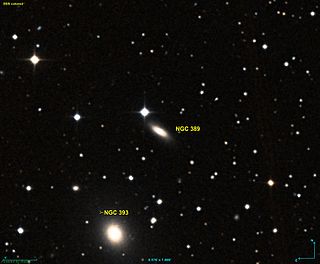
NGC 389 is a lenticular galaxy located approximately 239 million light-years from the Solar System in the constellation Andromeda. It was discovered on September 6, 1885 by Lewis Swift. It was described by Dreyer as "extremely faint, extremely small, round, star near."

NGC 408 is a star located in the constellation Pisces. It was discovered on October 22, 1867, by Herman Schultz. It was described by Dreyer as "very faint, very small, (WH) II 220 eight seconds of time to east.", WH II 220 being NGC 410.
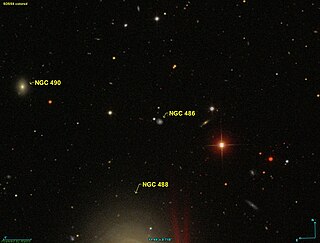
NGC 486, also occasionally referred to as LEDA 1281966 or GC 275, is a spiral galaxy in the constellation Pisces. NGC 486 was discovered on December 6, 1850 by Irish engineer Bindon Blood Stoney.

NGC 492, also occasionally referred to as PGC 4976 or GC 280, is a barred spiral galaxy in the constellation Pisces. It is located approximately 590 million light-years from Earth and was discovered on December 6, 1850 by Irish engineer Bindon Blood Stoney. Although John Dreyer, creator of the New General Catalogue, credits the discovery to astronomer William Parsons, 3rd Earl of Rosse, he notes that many of his claimed discoveries were made by one of his assistants. In the case of NGC 492, the discovery was made by Bindon Stoney, who discovered it along with NGC 486, NGC 490 and NGC 500 during his observation of NGC 488 using Lord Rosse's 72" telescope.

NGC 495, also occasionally referred to as PGC 5037, UGC 920 or GC 278, is a barred spiral galaxy in the constellation Pisces. It is located approximately 184 million light-years from the Solar System and was discovered on 12 September 1784 by astronomer William Herschel.

NGC 511, also occasionally referred to as PGC 5103 or UGC 936, is an elliptical galaxy in the constellation Pisces. It is located approximately 499 million light-years from the Solar System and was discovered on 26 October 1876 by French astronomer Édouard Stephan.



















